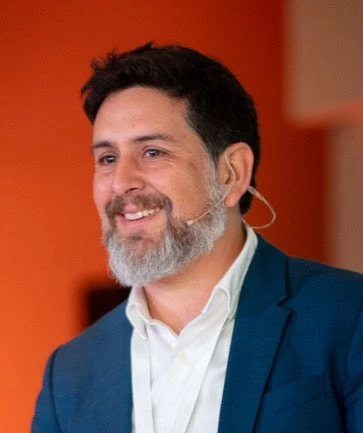
This adventure began last February, following my participation in the launch of the new, $100 million joint program between Japan and the World Bank for disaster risk reduction. This program, implemented by the Global Facility for Disaster Reduction and Recovery (GFDRR), will benefit a large number of especially vulnerable countries around the world. As part of this new initiative, the World Bank also launched the Disaster Risk Management Tokyo Hub.
The launch for the Tokyo Hub was held at a high level symposium at the Japan Keidanren (Japan Business Federation) on February 3, which attracted more than 400 people and had substantial media coverage. The Senior Vice-Minister for Finance/Senior Vice-Minister for Reconstruction Jiro Aichi (a native of Sendai) spoke of Japan's commitment to disaster risk management (DRM) and thanked the World Bank for its strong support, before kicking off an intense program of inter-agency meetings to better utilize Japanese expertise in DRM practices.
My experience with Japanese solidarity and resilience, however, was best highlighted the day I was returning home. On February 9, as I was trying to get to Narita airport, more than 27 centimeters of snow fell on Tokyo and other areas of Japan, the heaviest of 40 years. Many buildings in the city collapsed, leaving at least 11 dead and more than 1,200 injured across the country.
While the airline insisted on not cancelling the flight, I had to get to Narita Airport. I couldn’t take a taxi, bus, or rapid train because of closures from the wind and snow, and had to instead use the local train. As I arrived to the train station around 4:30PM, it was already packed with locals and tourist going to the airport. The train arrived a bit late - very unusual in Tokyo, and very full. About 20 minutes into our journey, the train came to a stop a small station between two towns. A voice came over the intercom to tell us we would be stopped for an unknown amount of time. To my surprise, no one in the train complained or started moving. Coming from Latin America, I was expecting some whistles, boos, or complaining, but there was nothing.
A young lady (Wakako) helped me to see on her phone if my flight was cancelled or not, but it was only delayed. After a bit more than an hour, the train driver announced again that there was some failure in the system and that there was no estimation of our departure. In response, Wakako pulled out a chocolate cake from one of her bags, started cutting it in small pieces, and distributed it to the people in the wagon! She wasn’t the only one - other people started to share candies, water, and food, just to make these long uncomfortable time a little bit more passable. People started to move, but interestingly, it was only the people that had been seated, offering their seats to those who were standing - including an older gentleman who insisted a younger man take his seat.
It was hard not to think of Japan’s devastating earthquake in 2011, which took thousands of lives and sparked major crises including the Fukushima nuclear plant disaster. I imagined the elderly Japanese that had volunteered to help clean up the plant, in an effort to spare the younger generations from the harmful effects of radiation. The city of Sendai, which bore the brunt of the destruction from the quake and resulting tsunami, hosted the Sendai Dialogue in 2012, an event co-hosted by the World Bank and the Government of Japan. Emphasizing lessons learned from 2011, The Sendai Dialogue made clear that Japan’s readiness for the earthquake of 2011 largely allowed the event to become a success story. In my fellow passengers on the train, I saw much of the same strengths that had allowed them to face the disaster with resilience.

When we arrived at the overly crowded train station, Satoshi offered to take us to the airport, even though he had been on the road for more than four hours already. Battling traffic jams and closed roads, we were getting closer to the airport when our group began receiving the news – all our flights were now cancelled. We had no choice to return to Tokyo. Amazingly, Satoshi replied, “There is a Japanese saying – ‘If I met you, there must be some reason, and I should make every effort to help you.’ I will drive you back to Tokyo.”
The hotels were full that night, but our little group decided to apply all we had learned and experienced that day and share the last room available. They are lessons I will not soon forget.
Photos courtesy of Joaquin Toro/World Bank


Join the Conversation